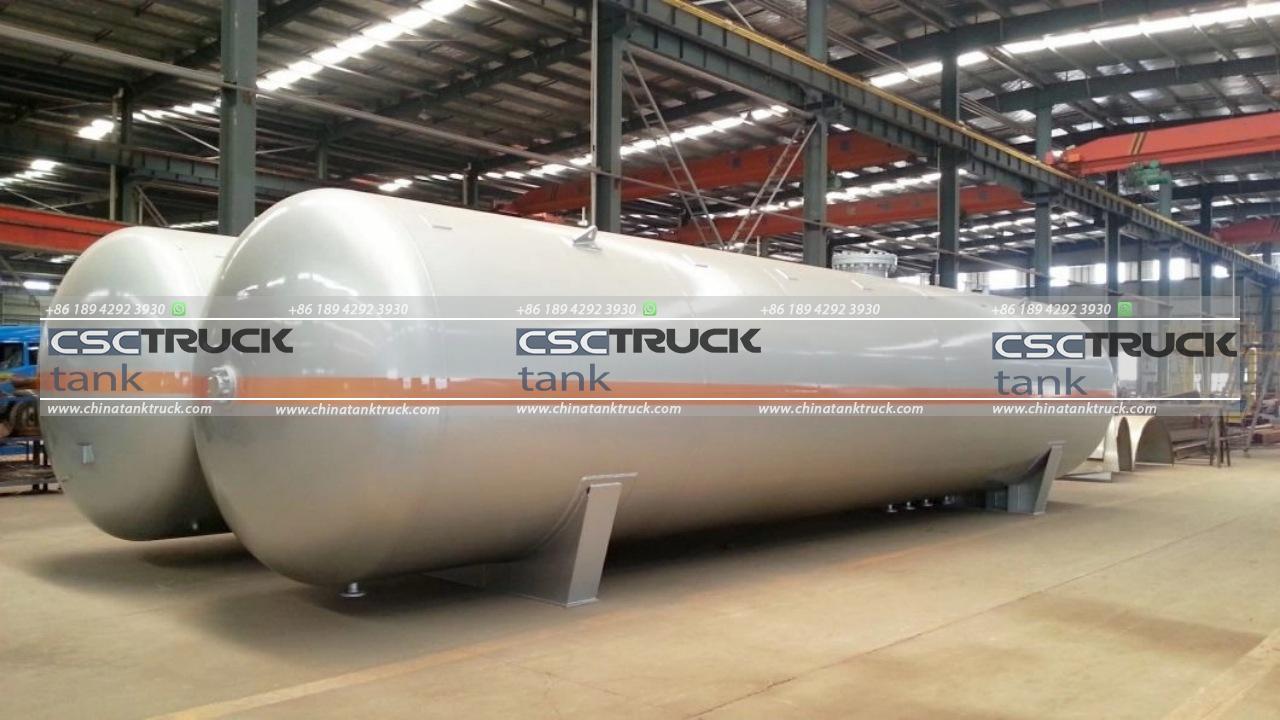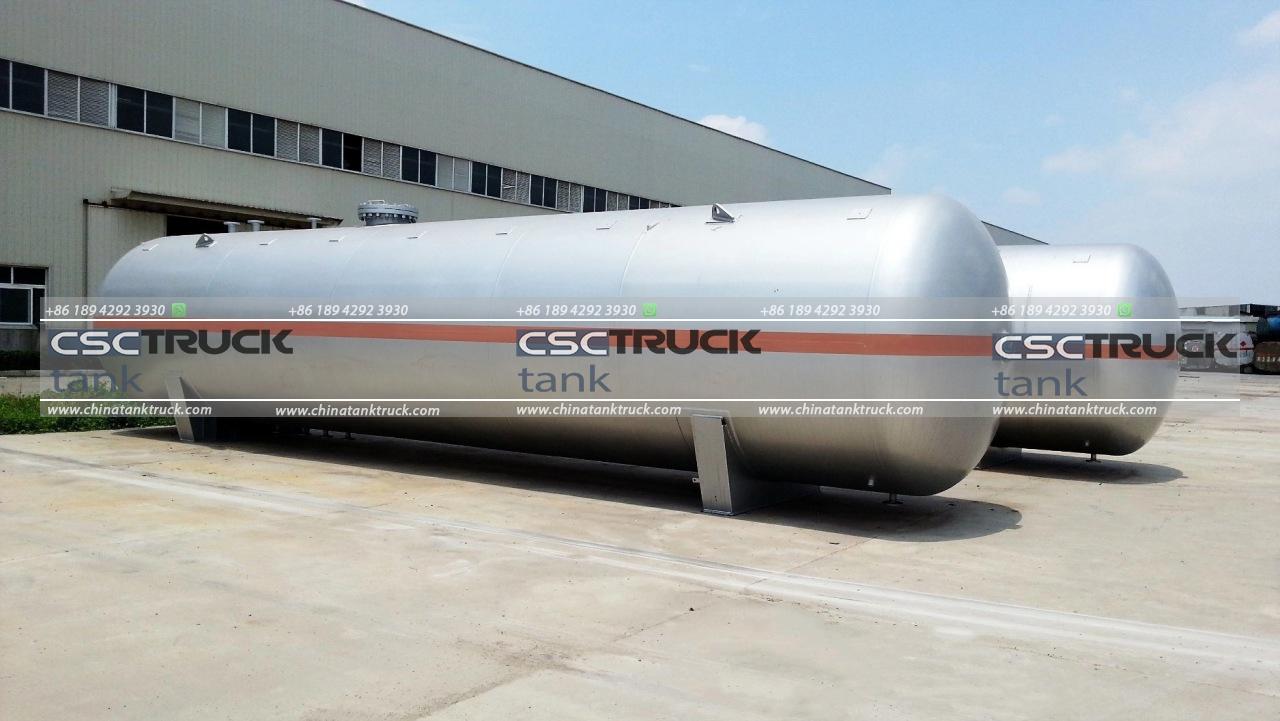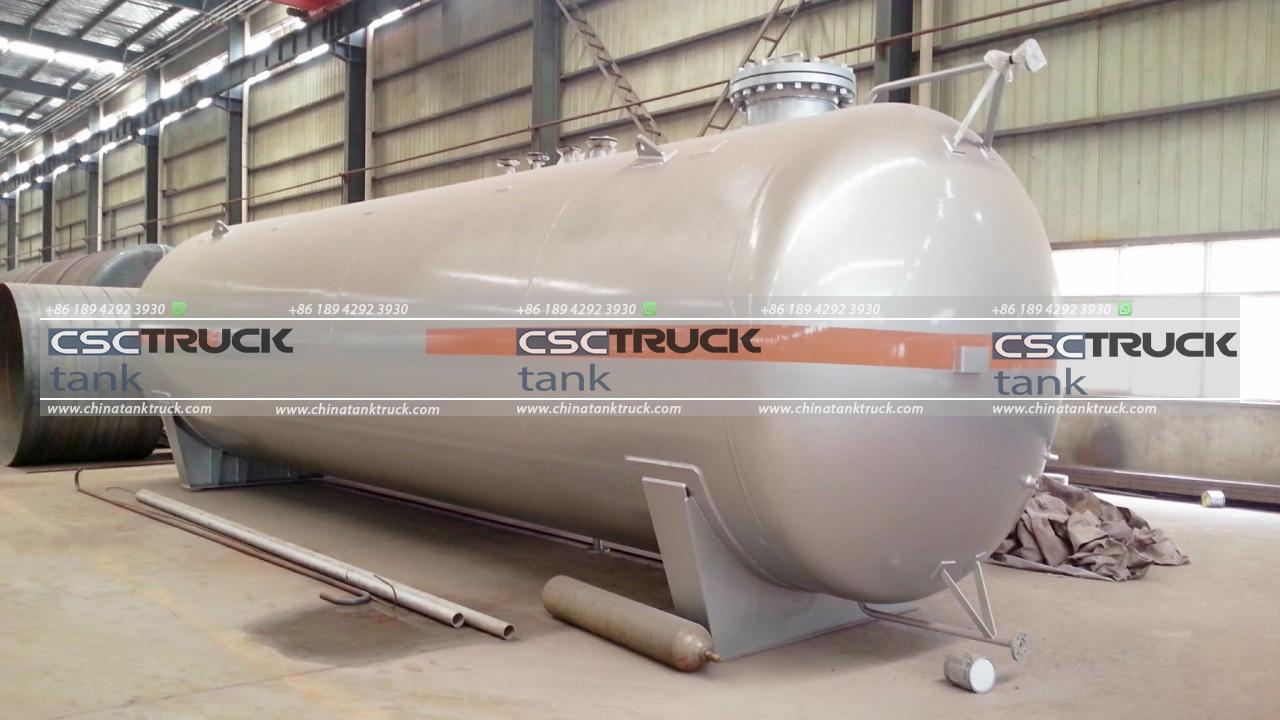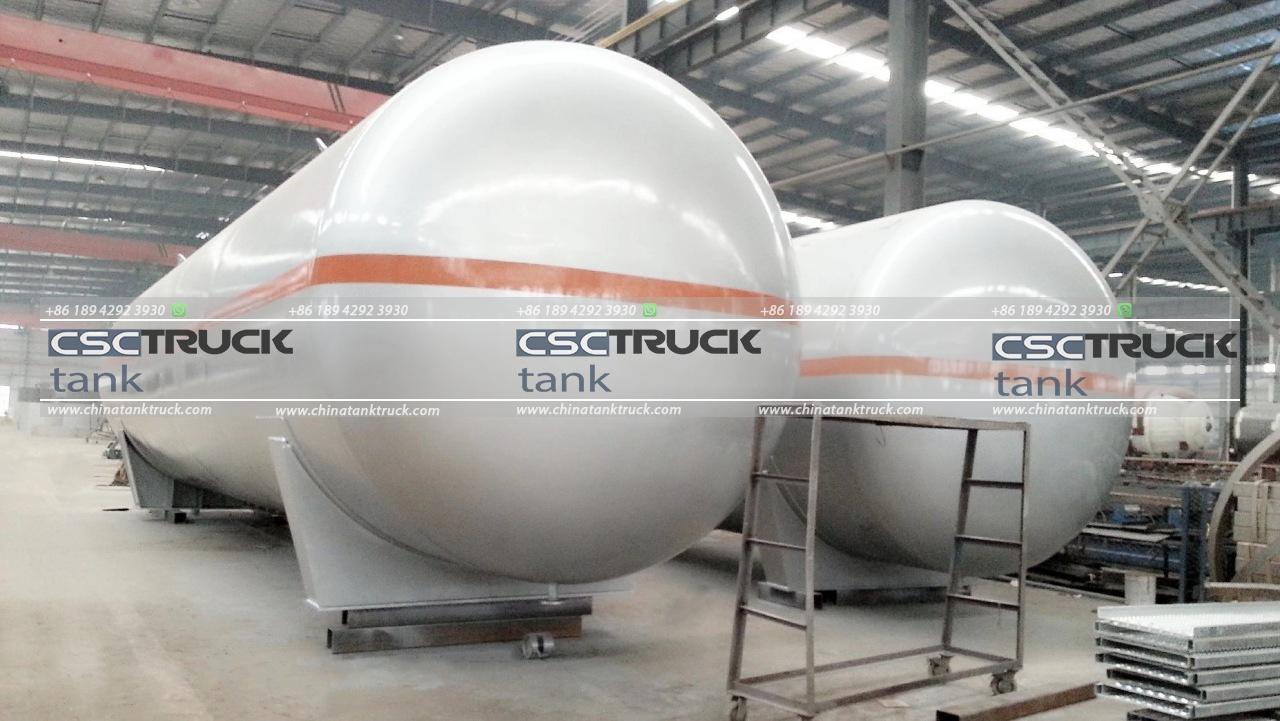What is the Purpose of the Air Tank?
An air tank is an essential component in many mechanical, industrial, and transportation systems. It serves a crucial role in various applications, from powering pneumatic tools and machinery to providing breathing air in emergencies. In the context of fire trucks, the air tank is indispensable for multiple systems, ensuring functionality and safety for the crew. This article delves into the purpose of air tanks, with a particular focus on their role in fire trucks, diving deeper into their mechanics, applications, and critical significance.
Understanding the Basics of Air Tanks
An air tank, often referred to as a compressed air tank, is a storage vessel that holds air at a pressure higher than atmospheric pressure. The air within these tanks is compressed using compressors and is then used as a power source for various pneumatic (air-powered) systems or as a breathing source in environments where oxygen is limited or hazardous.
Air tanks come in a variety of sizes, materials, and configurations depending on their specific application. For example, small portable air tanks can power tools like nail guns, while much larger air tanks are used in industrial plants to drive massive machinery. In fire trucks, air tanks are multi-purpose, supplying air to brake systems, tools, and, perhaps most critically, to self-contained breathing apparatus (SCBA) used by firefighters.

The Role of Air Tanks in Fire Trucks
Fire trucks are equipped with various air systems that are powered or supported by air tanks. These tanks ensure that the vehicle and firefighting operations run smoothly. Let’s explore the primary functions that air tanks serve within a fire truck.
1. Air Braking Systems
Fire trucks, like most large commercial vehicles, utilize air brake systems, which rely on compressed air stored in air tanks to function. Air brakes are considered more reliable and efficient than hydraulic brakes, especially for heavy vehicles like fire trucks. Here’s how the system works:
– Compressed air: A compressor mounted on the fire truck engine pressurizes the air and stores it in air tanks located on the vehicle.
– Application of brakes: When the driver steps on the brake pedal, a valve releases compressed air from the tanks into the brake chamber. This compressed air applies pressure to the brake pads or drums, slowing or stopping the truck.
– Safety: One of the advantages of air brake systems is that they are fail-safe. If the air supply runs out or leaks, the brakes will automatically engage, stopping the vehicle. This is a crucial safety feature, particularly in fire trucks that often travel at high speeds through urban environments.
The air tanks in fire trucks are constantly being refilled by onboard compressors, ensuring that there is always sufficient air pressure to activate the brakes when needed.
2. Supporting Pneumatic Tools
Pneumatic tools, such as air-powered rescue devices (like cutters and spreaders), rely on compressed air from air tanks. Firefighters use these tools in situations such as vehicle extractions, where trapped occupants need to be freed from the wreckage. The ability of these tools to function without electrical power makes them highly reliable in emergencies, where electricity may not be readily available or safe to use.
Fire trucks typically have large air tanks to supply these pneumatic tools, ensuring that there is enough compressed air to perform multiple operations over an extended period. These tools are not only powerful but also fast, capable of cutting through tough materials like metal and reinforcing bars, making air tanks an essential component in their function.
3. Self-Contained Breathing Apparatus (SCBA)
Perhaps one of the most life-critical uses of air tanks on fire trucks is supplying air to self-contained breathing apparatus (SCBA). Firefighters are often required to enter environments where the air is toxic or lacking in oxygen, such as burning buildings filled with smoke or areas with hazardous chemical spills.
An SCBA is a device that provides breathable air to the firefighter through an air tank carried on its back. These tanks typically store air at very high pressures (up to 4,500 psi or 300 bar), ensuring that the firefighter has a supply of clean, breathable air while they carry out their duties in dangerous environments.
Here’s how an SCBA functions:
– Air supply: The air tank holds compressed air that is gradually released as the firefighter breathes.
– Regulator: A regulator controls the flow of air to the mask, ensuring that the firefighter receives a steady supply of air at a manageable pressure.
– Mask: The mask forms an airtight seal around the firefighter’s face, preventing the inhalation of harmful smoke or chemicals.
SCBAs are vital for protecting firefighters from smoke inhalation and other toxic substances, allowing them to work safely in environments that would otherwise be uninhabitable.

Maintenance and Safety of Air Tanks
The proper maintenance of air tanks is crucial to their operation, especially in a fire truck where so many critical systems depend on them. Regular inspections and servicing are necessary to ensure that air tanks are free from leaks, corrosion, or damage that could compromise their integrity.
Common maintenance tasks include:
– Inspecting for leaks: Small leaks can cause a significant drop in air pressure, which can affect the performance of brakes or pneumatic tools. Leaks are often detected by listening to hissing sounds or using soapy water to identify bubbles forming at the leak point.
– Pressure checks: Ensuring that the air tanks are holding the correct pressure is essential. Tanks that are under or over-pressurized may not function as required.
– Corrosion prevention: Air tanks, especially those made of metal, are susceptible to rust and corrosion, which can weaken the tank walls. Preventive coatings and regular inspections help prevent this.
– Drainage: Moisture can accumulate inside air tanks, especially in humid environments. Draining this moisture regularly is important to prevent rusting and to ensure that the air delivered to tools and brakes is dry.

Air Tank Safety Measures
Because air tanks store air under high pressure, they must be handled with care. Several safety measures are typically in place to prevent accidents, including:
– Pressure relief valves: These valves automatically release air if the pressure in the tank exceeds safe levels, preventing explosions.
– Regular testing and certification: Tanks, especially those used in SCBA systems, must undergo periodic testing to ensure they meet safety standards. This includes hydrostatic testing, where the tank is filled with water and pressurized to check for weaknesses.
Conclusion
Air tanks are vital components in fire trucks, serving multiple functions that range from enabling the vehicle to stop safely to providing firefighters with the air they need to survive in dangerous environments. Whether powering pneumatic tools or supplying breathing air, air tanks are a lifeline in emergencies. Their reliability, efficiency, and safety features make them indispensable in the life-saving work carried out by fire departments. Proper maintenance and regular safety checks ensure that these tanks perform flawlessly when needed most, making them a critical part of every fire truck.


